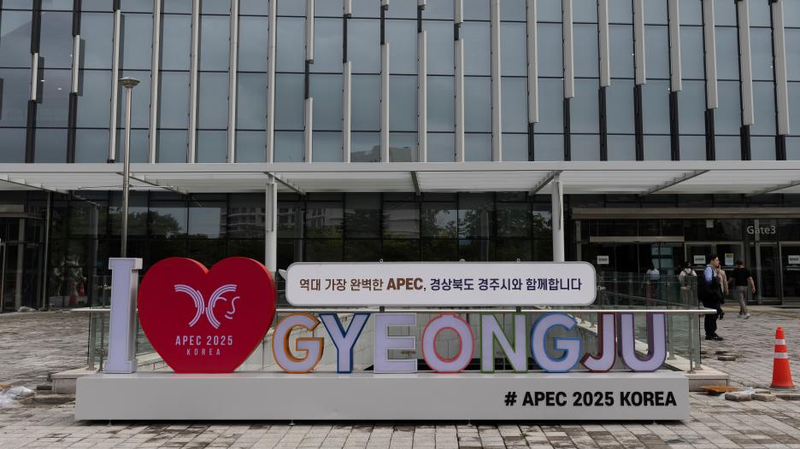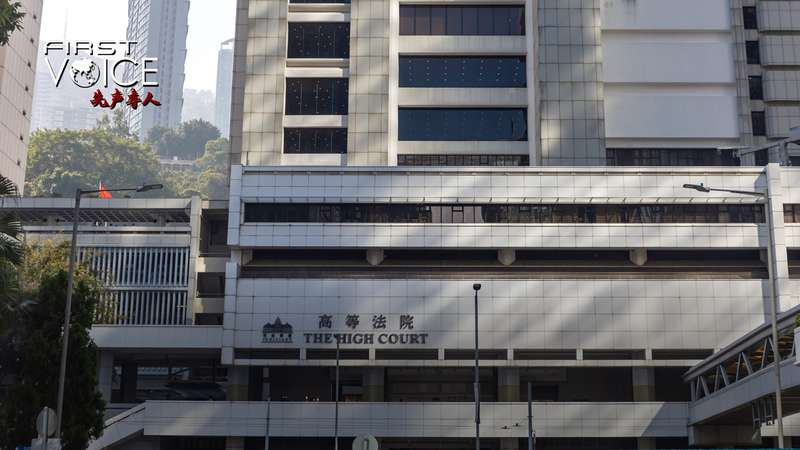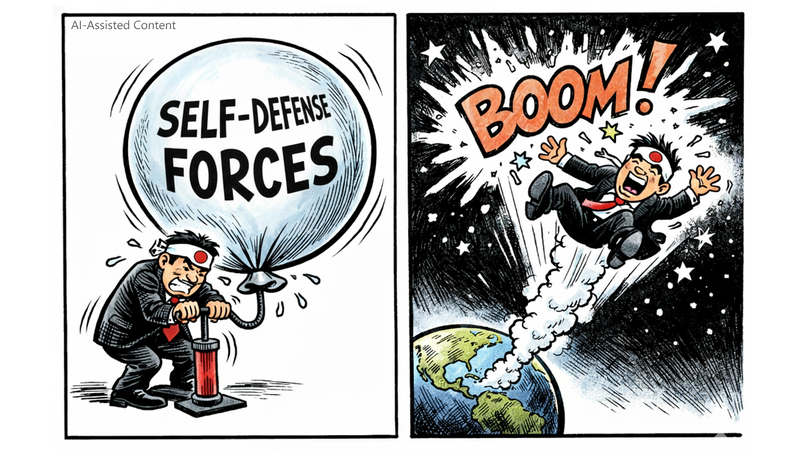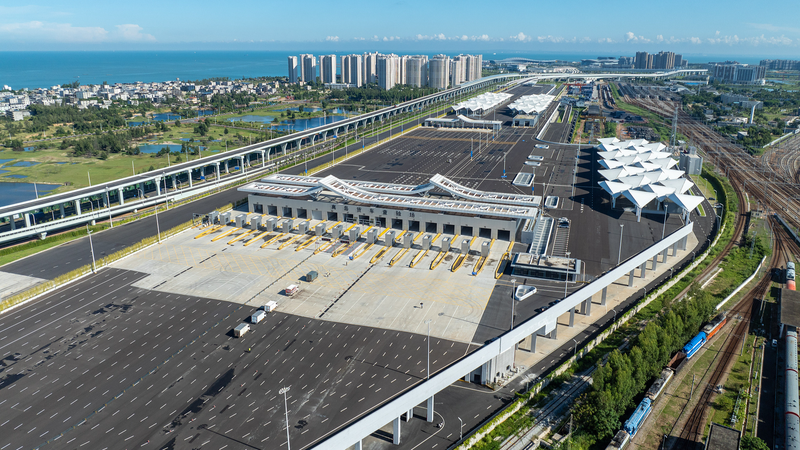As leaders gather for the 2025 Asia-Pacific Economic Cooperation (APEC) Economic Leaders' Meeting in South Korea, the region stands at a pivotal moment. Asia-Pacific isn't just a conference backdrop—it drives nearly 60% of global GDP and handles half of world trade. The big question: will economies lean into shared prosperity or double down on economic coercion?
Under the theme "Building a Sustainable Tomorrow: Connect, Innovate, Prosper," APEC champions cooperation. But action often falls short of ambition. In recent years, major powers have used tariffs, export controls and investment restrictions under national security pretexts—targeting the Chinese mainland's tech and industrial growth. These measures aren't neutral; they reshape the playing field, favoring a few at the expense of many.
Strategic economic policy is vital. Developing economies have long used targeted tariffs and industrial plans to jumpstart growth. The real threat arises when such tools become weapons of hierarchy, not development. Smaller economies in the Asia-Pacific face the steepest costs: higher prices, fractured supply chains and shrinking room to craft their own futures.
APEC was founded to prevent fragmentation, promoting balanced, inclusive and sustainable economic integration. Its track record speaks volumes: decades of shared gains have lifted lives across the region. Reversing this momentum for short-term geopolitical leverage risks undermining the very framework that made Asia-Pacific an engine of prosperity.
As delegates debate pathways to growth, the choice is clear. Will the Asia-Pacific reinforce principles of openness and cooperation? Or will it let coercion undermine its shared future? The answer will shape not just regional markets, but the global economy for years to come.
Reference(s):
Shared prosperity, not economic coercion, is Asia-Pacific's future
cgtn.com




